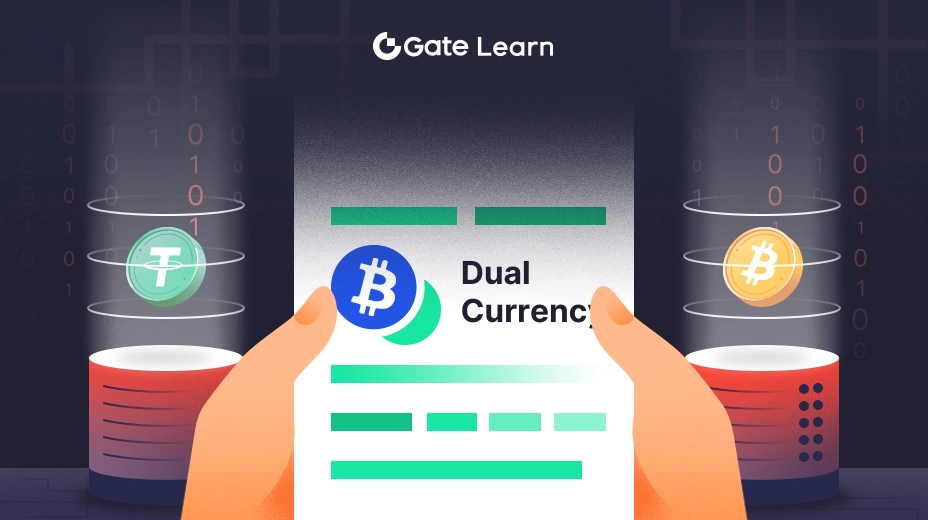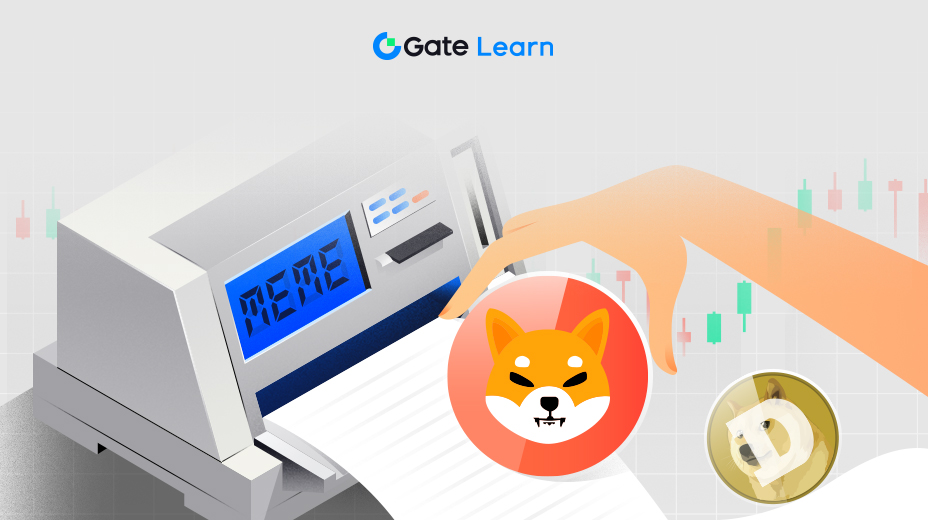Introduction au stockage décentralisé
Le stockage numérique a évolué sous diverses formes au fil des ans, mais deux modèles principaux ont émergé : le modèle centralisé et le modèle décentralisé.
Comprendre le stockage numérique
Au cœur de notre monde numérique se trouve le concept de stockage numérique. Il s'agit de la pratique consistant à sauvegarder des informations numériques dans un espace, que ce soit sur un appareil ou en ligne, à partir duquel elles peuvent être récupérées ultérieurement. Chaque fois que vous enregistrez un document sur votre ordinateur, que vous prenez une photo avec votre smartphone ou même que vous regardez un film en ligne, vous interagissez avec une forme de stockage numérique.
Stockage centralisé ou décentralisé
Le stockage numérique a évolué sous différentes formes au fil des ans, mais deux modèles principaux ont émergé : le modèle centralisé et le modèle décentralisé.
Stockage centralisé : Considérez-le comme une bibliothèque. Il y a un bâtiment principal où tous les livres (données) sont stockés. Cette bibliothèque est gérée par un groupe ou une entité spécifique. Ce sont eux qui décident quels livres se trouvent sur les étagères et lesquels n'y sont pas. Bien qu'elle soit efficace - vous savez exactement où aller pour obtenir un livre - elle présente des faiblesses. Si la bibliothèque ferme ou est confrontée à un problème, vous ne pouvez pas accéder aux livres.
Stockage décentralisé : Imaginez une ville où tout le monde partage ses livres. Au lieu d'une bibliothèque principale, chaque maison possède quelques livres et tous sont prêts à les prêter. C'est l'essence même du stockage décentralisé. Les données ne sont pas stockées dans un endroit unique, mais sont réparties dans plusieurs endroits ou nœuds. Cette répartition garantit que même si un nœud rencontre des problèmes, vous pouvez toujours récupérer vos données à partir d'un autre nœud.
Les avantages du stockage décentralisé
Le passage à un stockage décentralisé offre plusieurs avantages convaincants :
- Résistance à la censure : Les données étant dispersées entre de nombreux nœuds, il est difficile pour une entité ou une autorité unique de contrôler ou de modifier l'ensemble des données, ce qui garantit la liberté d'information.
- Redondance et accessibilité : La nature inhérente des systèmes décentralisés signifie que les données sont souvent stockées à plusieurs endroits. Ainsi, même si un emplacement de stockage tombe en panne, les données restent accessibles ailleurs.
- Sécurité renforcée : Le stockage distribué réduit le risque de compromission totale du système. Un pirate devrait pénétrer dans plusieurs nœuds pour accéder à toutes les données, ce qui est beaucoup plus difficile que de s'attaquer à un seul serveur centralisé.
- Intégrité des données garantie : Les systèmes de stockage décentralisés utilisent souvent des moyens cryptographiques pour s'assurer que les données récupérées sont exactement celles qui ont été stockées, garantissant ainsi l'authenticité et l'intégrité des informations.





